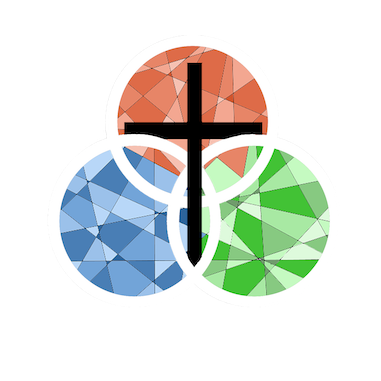This coming Sunday (Nov. 20) marks the end of the liturgical year and is often called “Christ the King Sunday” or the “Reign of Christ Sunday.” You will be hearing more about the history of this feast day during my sermon, but whatever we make of its origins, the day closes out the Christian year by inviting us to reflect on what it means to call Christ our “king.”
Then, the following Sunday (Nov. 27), right after our Thanksgiving celebrations with our families, we turn the page on the Christian calendar, and begin a whole new liturgical year (Lectionary Year A) with the First Sunday of Advent.
As I was thinking about this transition in our sacred seasons, it occurred to me that it might be helpful if I offered an Adult Forum devoted to the topic of “Christian time” and how Christians organize the year a little differently from the secular calendar. And so, if you’re interested, please stay around on Sunday for this discussion, which I have entitled “Living into the Christian Year.”
As a teaser, I will say this much now, in the hope you may be interested in learning more: the Christian year is divided into seasons – Advent, Christmas, Epiphany, Lent, Easter, and Pentecost. These seasons follow the basic shape of Jesus’ life, beginning with Mary’s pregnancy, his birth, his public ministry, his journey to the Cross, the miracle of his Resurrection, and then, after his ascension, concluding with the birth and mission of the Church.
Each of these liturgical seasons has its own symbolic color, which we often mark visibly with church decorations – the frontals of the altar table and lectern; the stole the pastor wears; the banners which sometimes hang in the sanctuary.
Thus, the blue of Advent reminds us that we are waiting for royalty – Christ our King. The white or gold of Christmas marks the light that has entered the world as God becomes human. Green during Epiphany reminds us that as we meet Jesus in the gospels we grow in Christ. Purple for Lent is the color of repentance, that time of year when we take stock of our lives and seek ways to return to God. White for Easter (like Christmas) is a color of joy, when we celebrate that Christ has risen and a whole new creation comes into the world. Red for the Day of Pentecost reminds us that God has given us the Holy Spirit and “fired us up” to spread the good news throughout the world. Finally, the green for the Sundays after Pentecost marks the longest season, inviting us to grow even more deeply in Christ – to do the hard work of building up his kingdom.
But alas, I am stealing my own thunder! If you want to learn more, and talk about ways we can live more meaningfully into these seasons, join me at the Adult Forum on Sunday.
